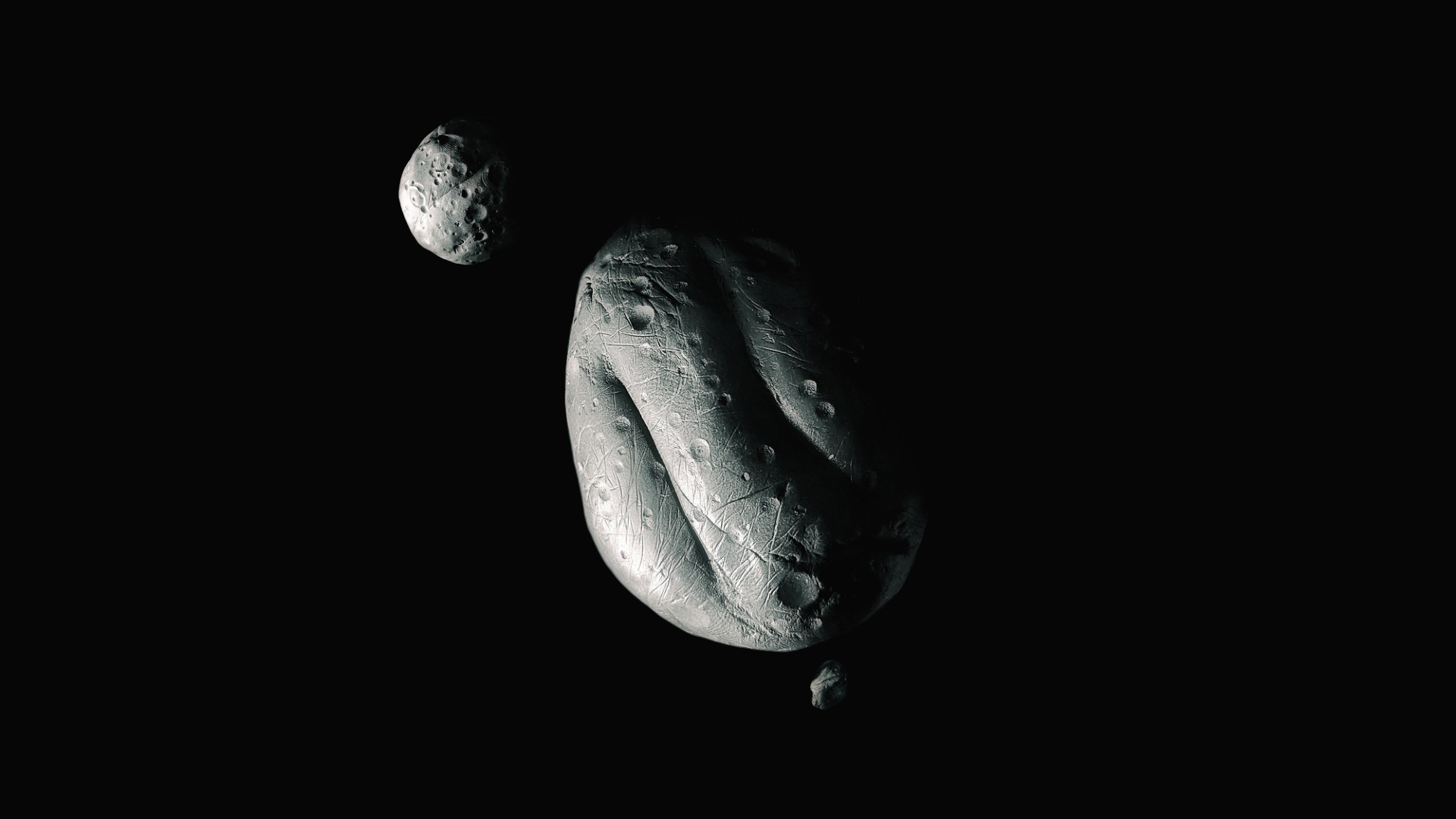New research indicates that Earth could host as many as six small celestial fragments, known as “minimoons,” at any given time. These objects, typically measuring less than 6.5 feet (2 meters) in diameter, can orbit Earth briefly before moving on to circle the sun, making them difficult to detect. The study, published in the journal Icarus, explores the origins and behaviors of these transient moons, shedding light on their potential sources.
When large objects collide with the moon, they release debris into space. While most of this material falls into an orbit around the sun, some fragments are temporarily captured by Earth’s gravity. According to lead researcher Robert Jedicke from the University of Hawaii, the dynamics of these interactions are akin to a “square dance,” where partners change regularly, with some leaving the dance floor for a time.
The definition of a minimoon, while not officially established by the International Astronomical Union, generally refers to an object that is temporarily bound to Earth and makes at least one orbit around the planet. A significant portion of these fragments is thought to originate from the asteroid belt, located between Mars and Jupiter. However, recent findings have raised questions about this assumption, suggesting that some minimoons may actually come from the moon itself.
In 2016, the Pan-STARRS1 telescope in Hawaii identified a near-Earth object named Kamo’oalewa, which is believed to be a piece of the moon ejected during the formation of the Giordano Bruno crater between one million and ten million years ago. Earlier this year, astronomers discovered another object, 2024 PT5, which appears to share a lunar origin. Together, these findings imply that the moon may be producing its own tiny moons.
Jedicke and his colleagues simulated the behavior of particles ejected from the moon, concluding that many could be temporarily captured by Earth. Their research suggests that approximately six and a half lunar-born satellites may orbit our planet at any given time. However, Jedicke emphasized that this number is not definitive due to significant uncertainties related to the size of craters and the distribution of ejected material.
“Detecting these small objects poses significant challenges,” Jedicke noted. The typical minimoon ranges from 3 to 7 feet (1 to 2 meters) in diameter. Their small size and rapid movement across the sky make them difficult to spot using current telescopic technology. As Jedicke explained, while modern surveys can detect objects from millions of kilometers away, the speed of these fragments often leaves trails rather than distinct spots, complicating their identification.
The recent study highlighted the case of 2020 CD3, which was only visible to the Catalina Sky Survey on two of the approximately 1,000 nights it was in range. This successful detection suggests that astronomers may improve their ability to identify and track minimoons in the future.
These transient celestial bodies also hold potential for commercial interest. Due to their brief orbits and lower fuel requirements for access, companies may find it more feasible to explore these minimoons for resources like water and minerals, rather than traveling to the asteroid belt.
From a scientific perspective, understanding how these lunar fragments escape during impacts can provide valuable insights into both lunar geology and the history of our solar system. Jedicke remarked that studying minimoons could help researchers better understand the mechanisms of crater formation and the effects of asteroid impacts on Earth.
As astronomers continue to refine their observations and gather more data, the mysteries surrounding these elusive objects may gradually unfold, revealing more about the dynamic relationship between Earth, its moon, and the broader solar system.
